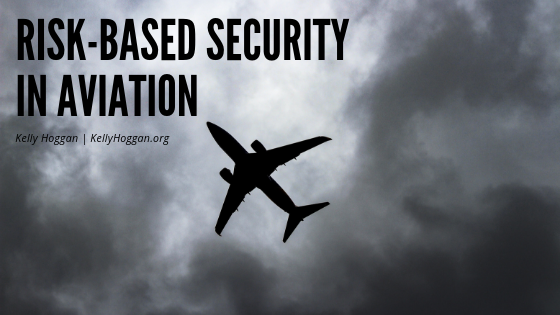After the 9/11 attack on the Twin Towers, the Transportation Security Administration assisted airports and airlines in evaluating risks and stepping up security measures. Providing risk-based-security lies between accurately identifying the risks and objectively solving potential problems. Since heightened security measures were initiated in the United States, of the 158 reported terrorist attacks, only two involved the aviation industry.
Upgraded Risk-based Security
Due to the conflicts occurring throughout the world and the potential hazards posed by terrorist groups, the days of using an across the board type of security are gone. Airports must now be able to distinguish between high and low-risk passengers.
Measures used to make the differentiation include checkpoints at airport perimeters that screen vehicles entering the premises for potential hazards. Along with metal detecting devices, airports also now often employ imaging machines designed to visualize hidden threats. Vehicles and individuals additionally undergo explosive trace detection, property screening, and ID verifications. Security personnel continually monitor visitors and staff members for signs of suspicious behavior.
Specific Measures
Flight crew members, fuel providers, ramp workers, and other employees having undergone and passed background checks submitted to pre-check programs to obtain access to their designated location of employment. The Known Crewmember Program requires uniformed pilots employed by 28 airlines to provide two forms of identification.
The TSA implemented the pre-check process for passengers who voluntarily provide information prior to their flight. Their boarding passes then indicate eligibility to undergo expedited screening. Passengers may then leave on their shoes, a jacket or other forms of outerwear in addition to various screening process modifications. The program is designed for U.S. Citizens and people who regularly use the 50+ participating airlines in the program. The process also applies to active duty military members in possession of a Common Access Card who opt into the program and booked with their unique Known Traveler Number.
The security administration also implemented technology that automatically verifies boarding passes in order to identify altered or false identification documents and passes. The system has the ability to scan many different types of documents needed for flying, which also provides law enforcement with access to detailed passenger manifests.
Ongoing Assessments
Depending on the security risk faced by the country, security measures are continually evaluated in order to ensure the safety of passengers and airport employees. Based on the results of evaluations, the administration develops enhanced measures to minimize potential risks.


